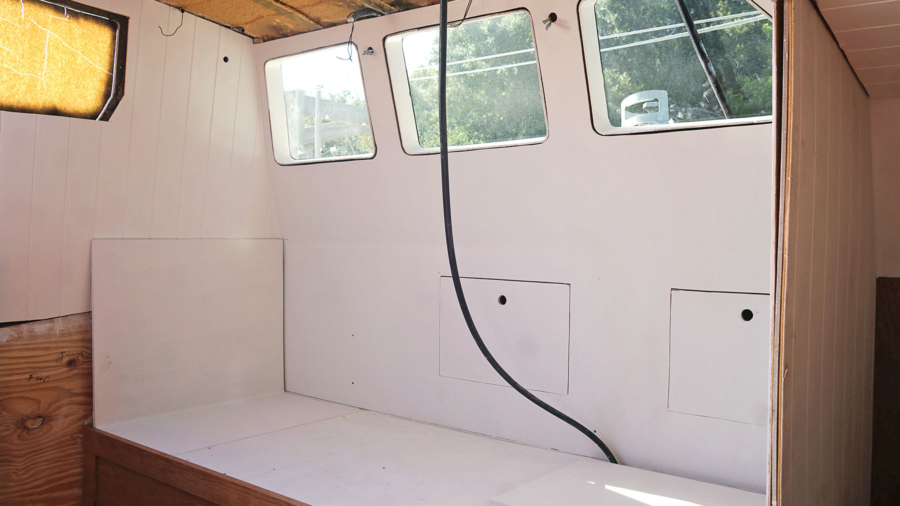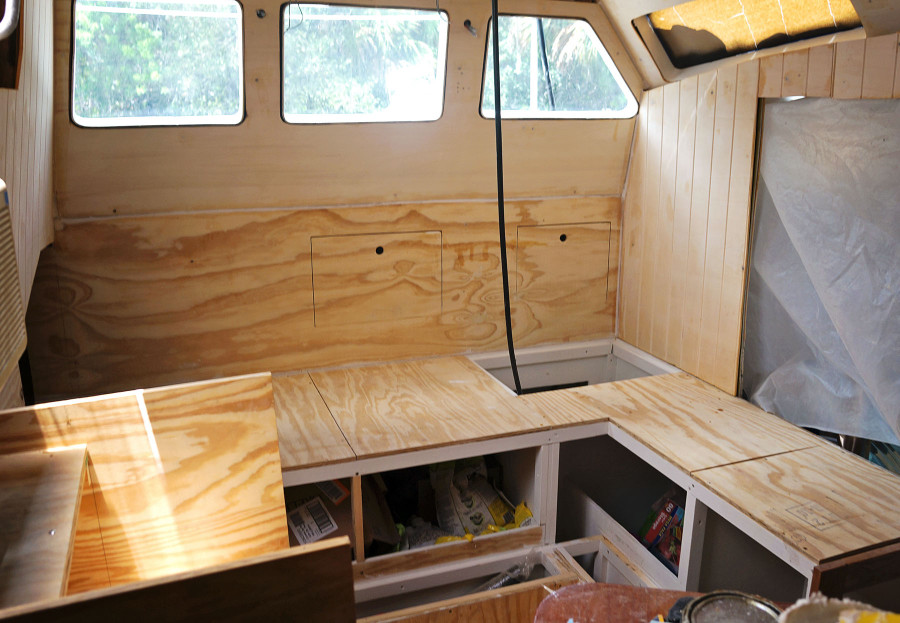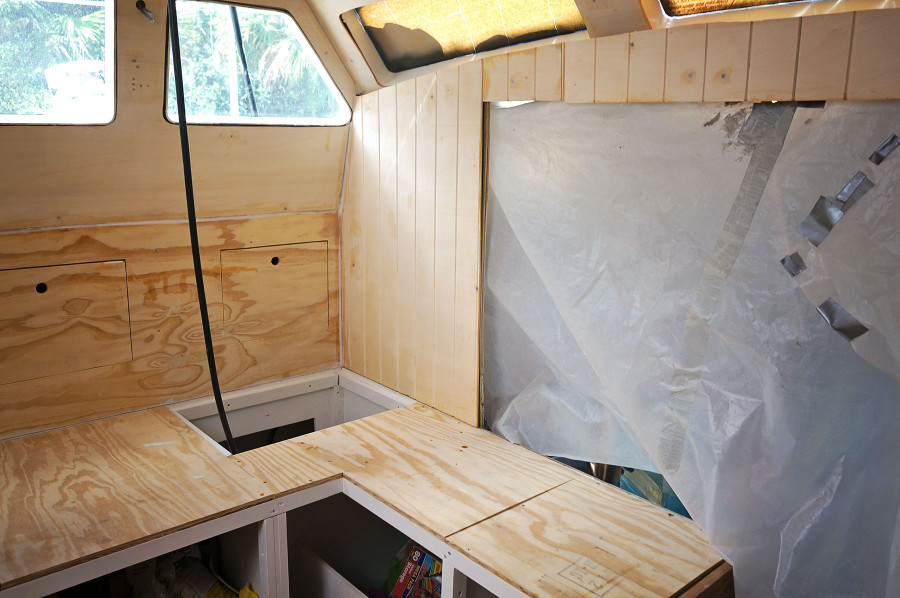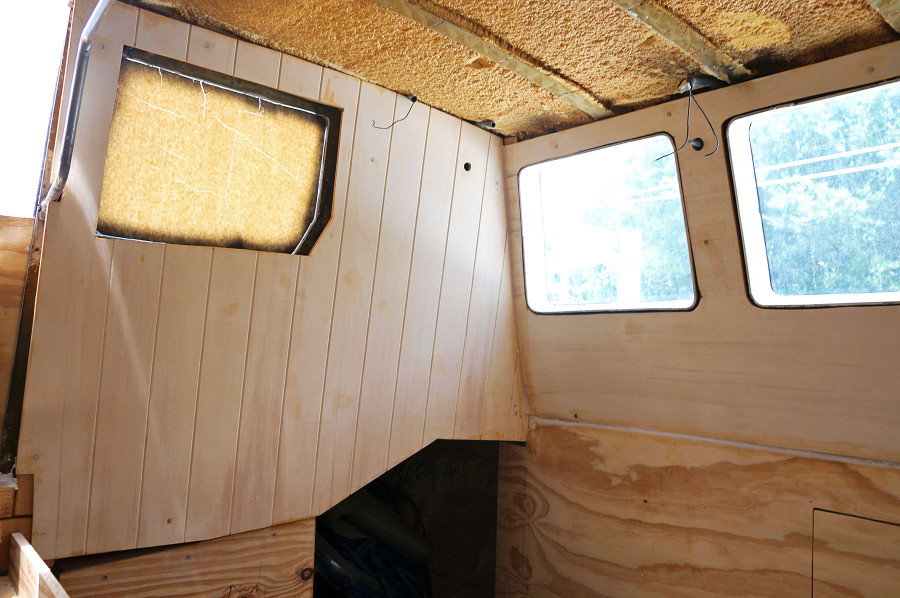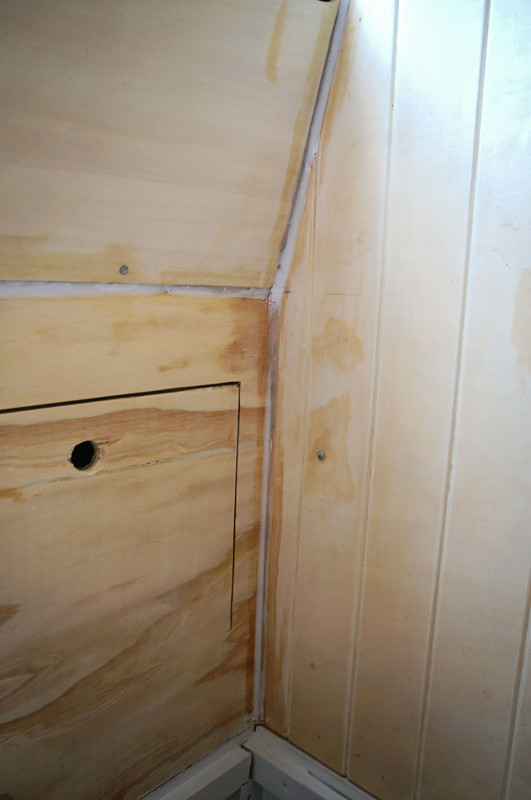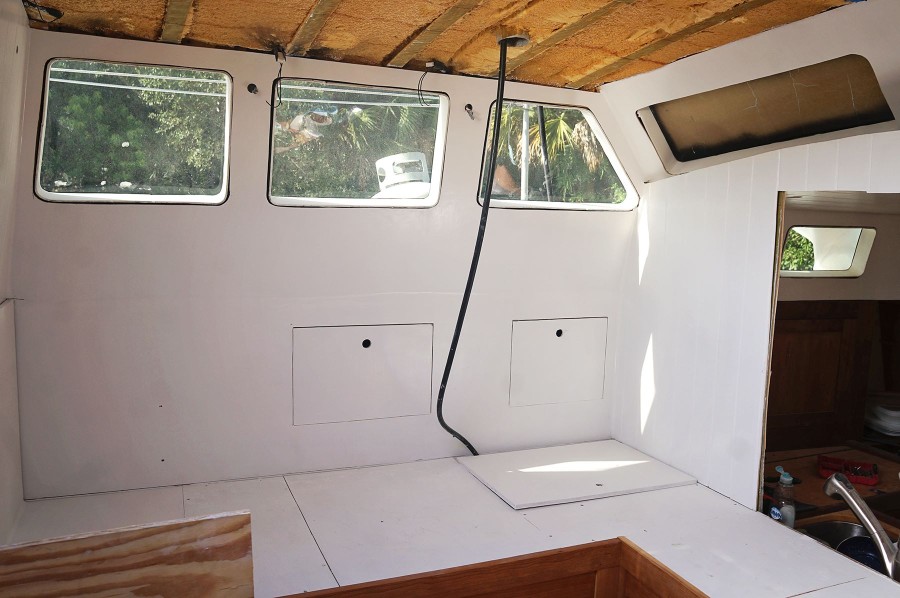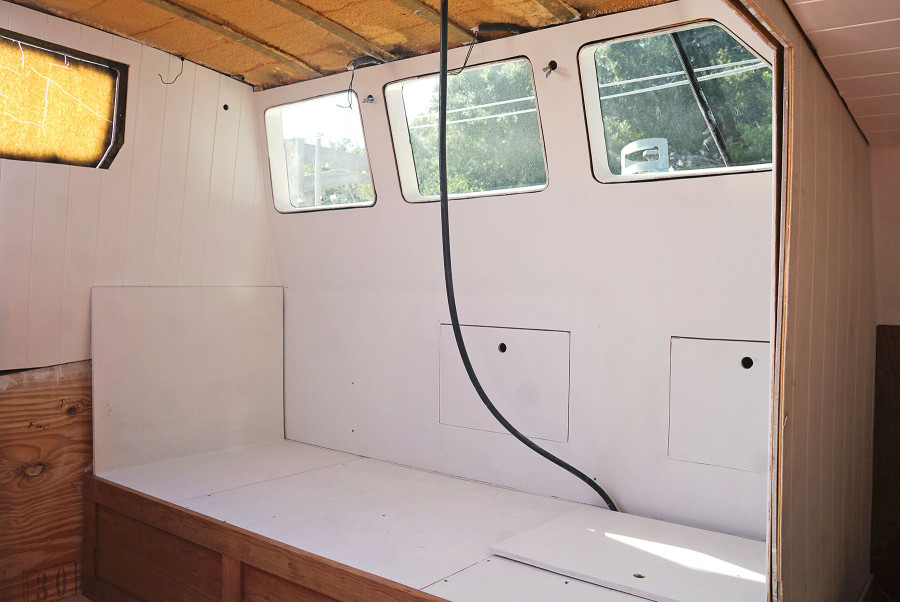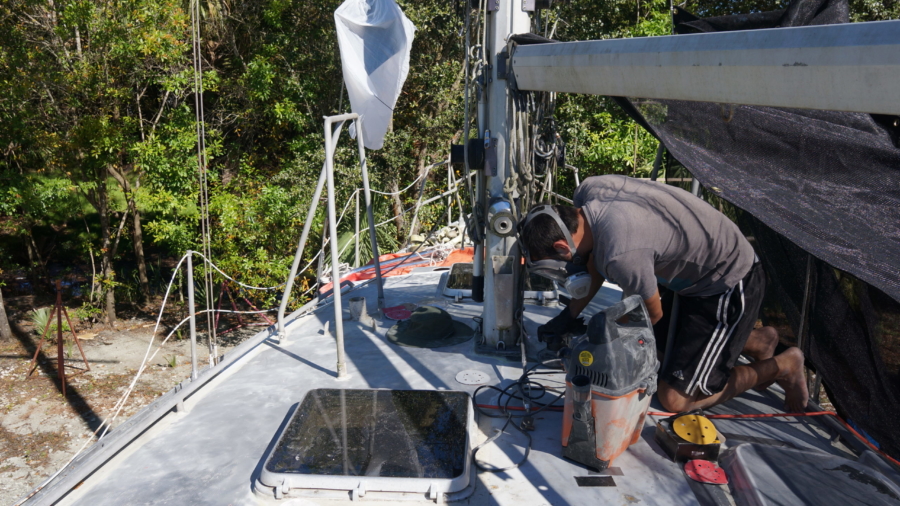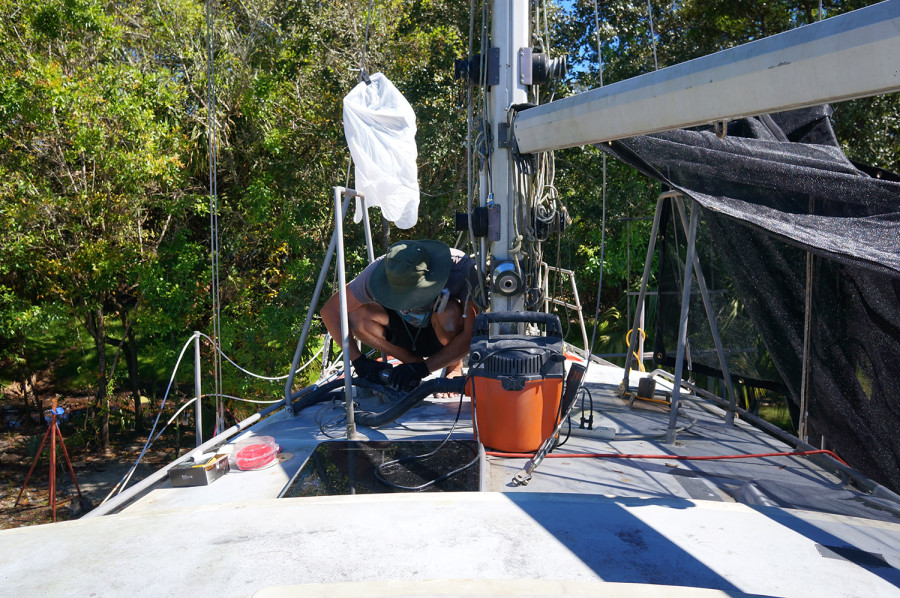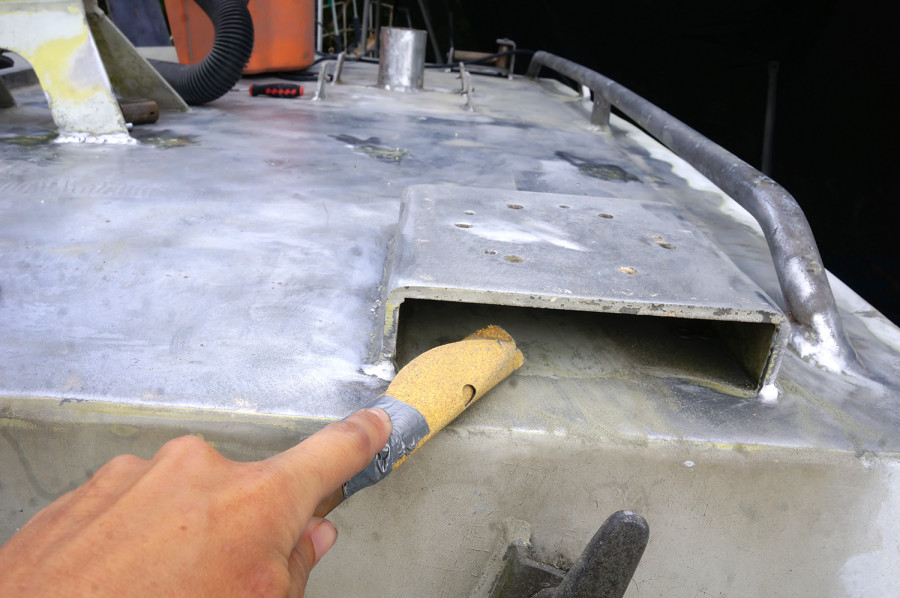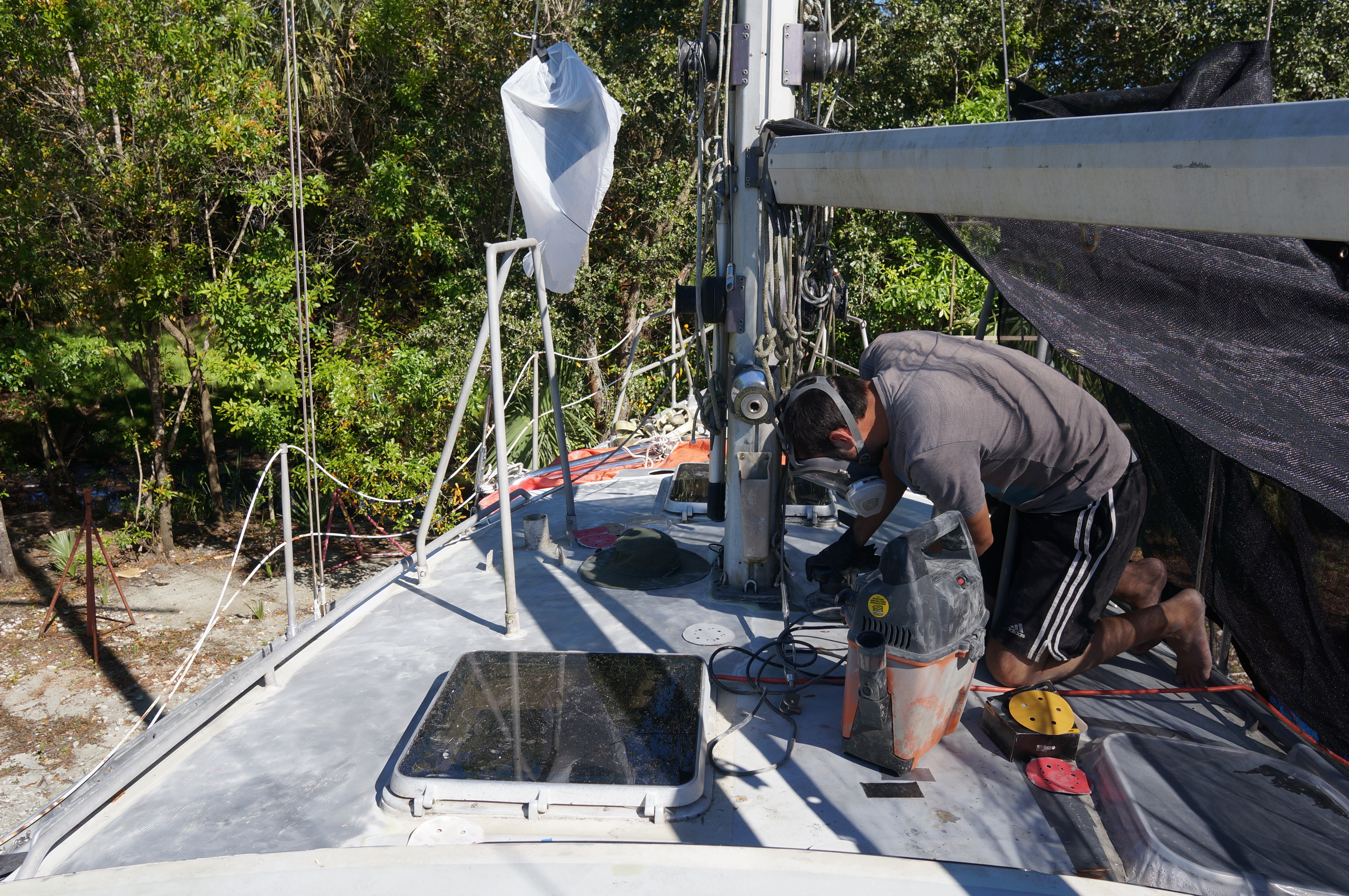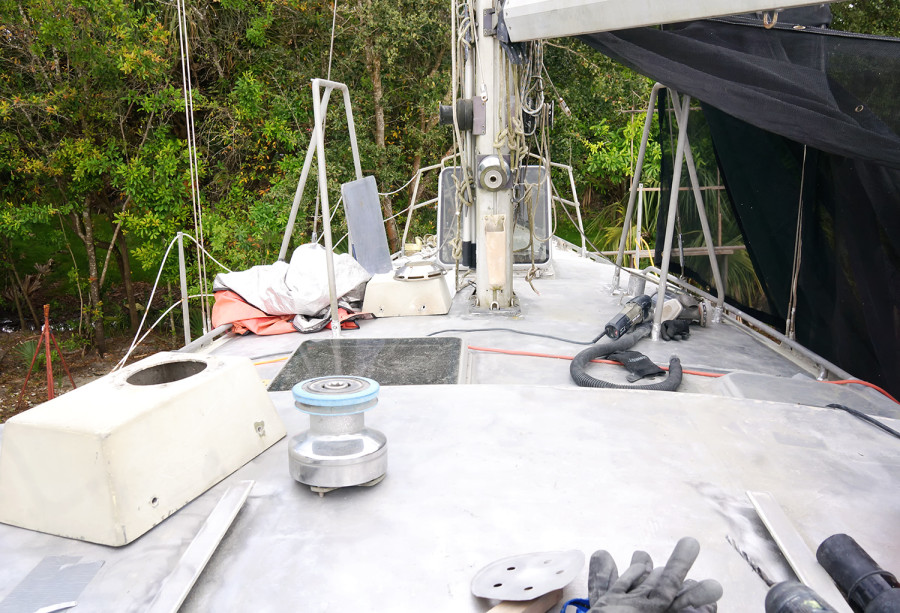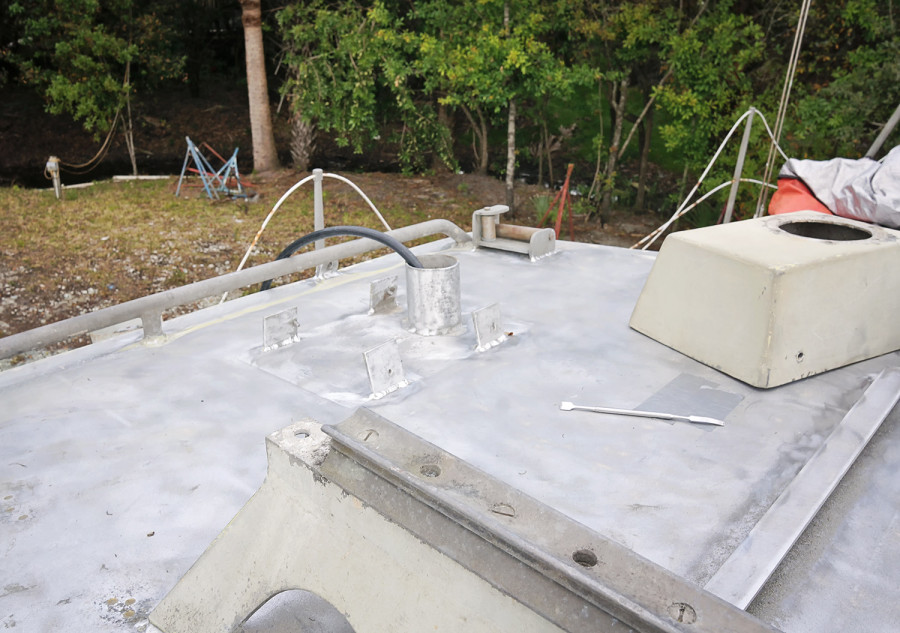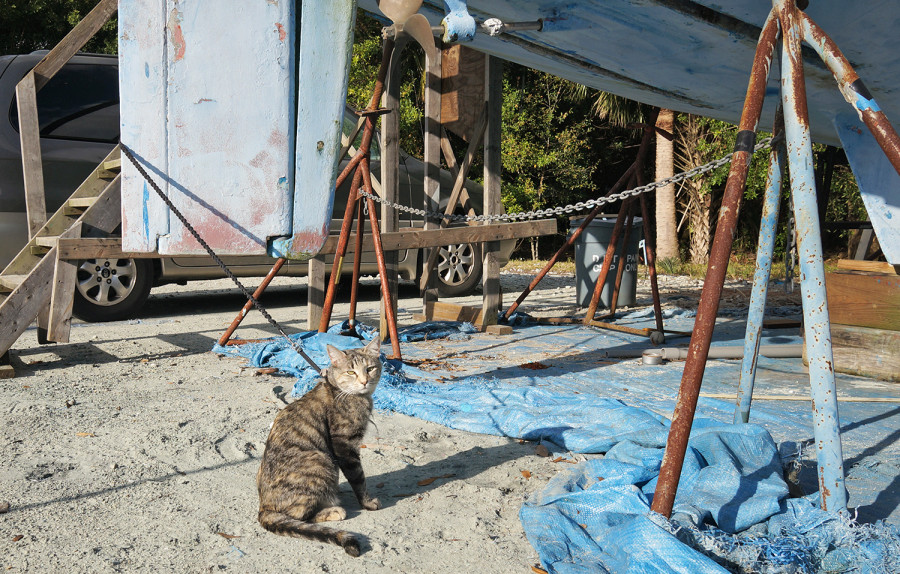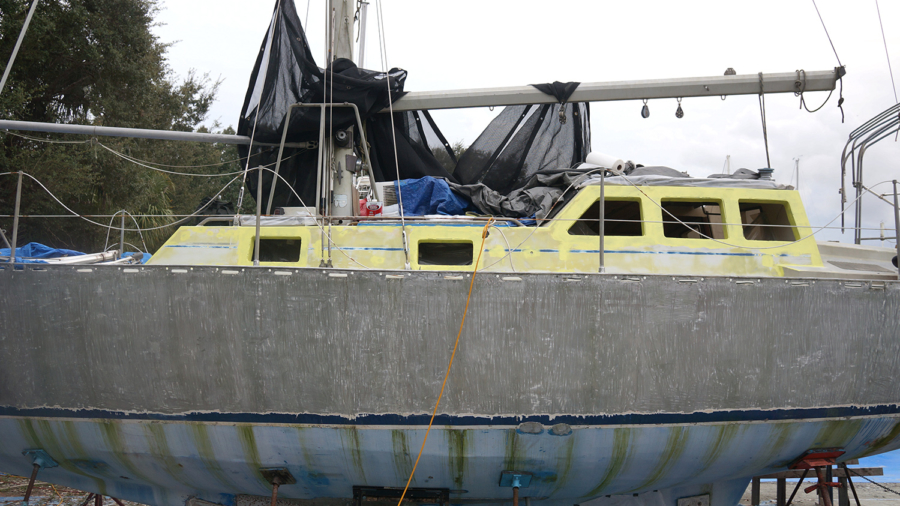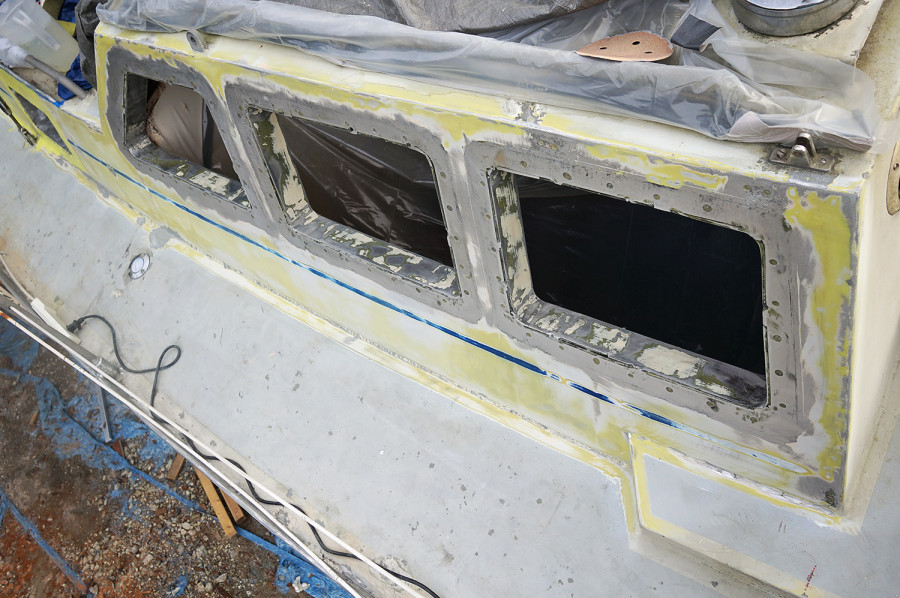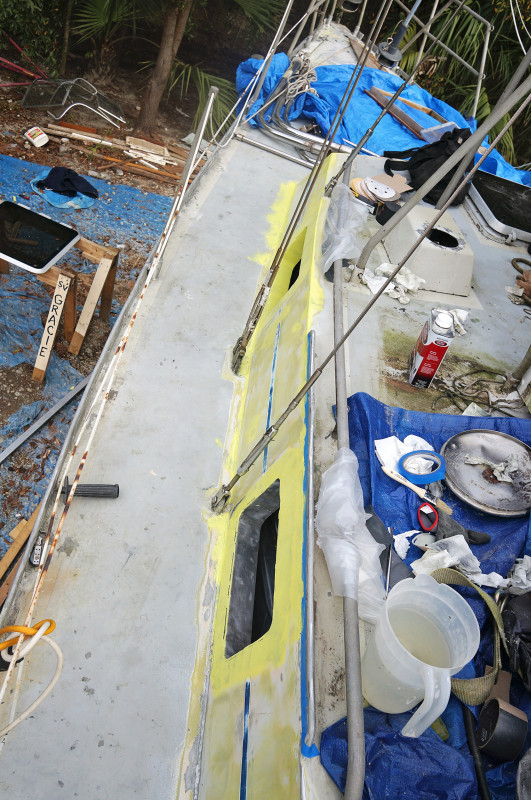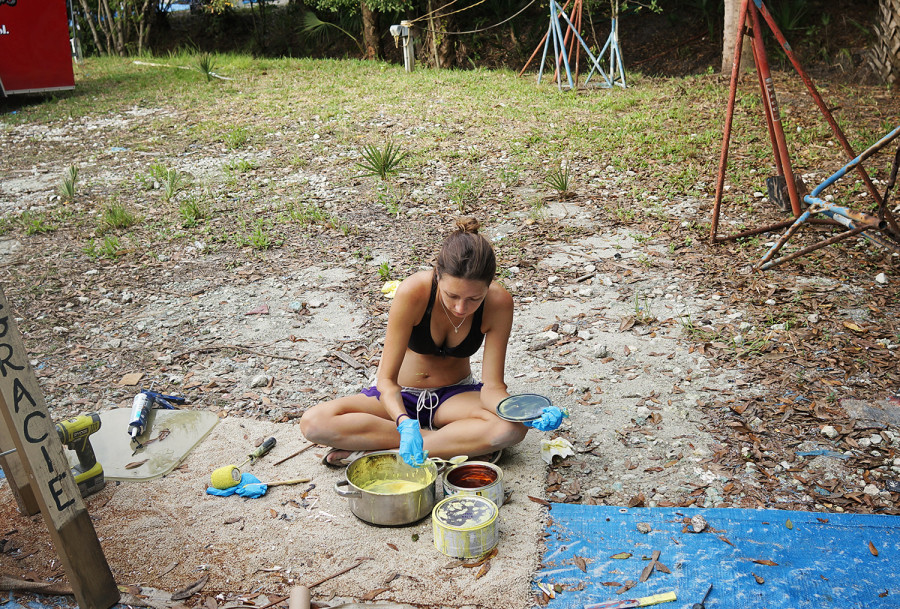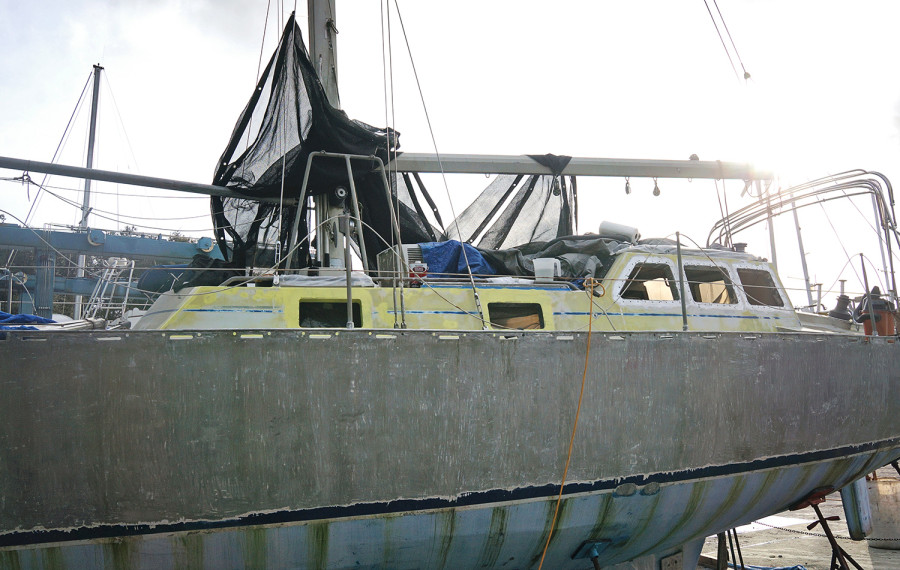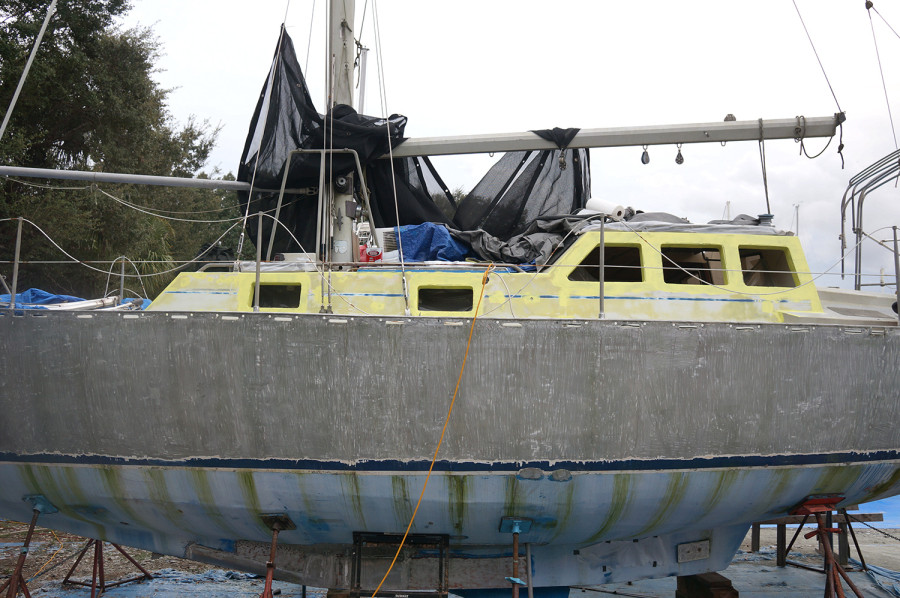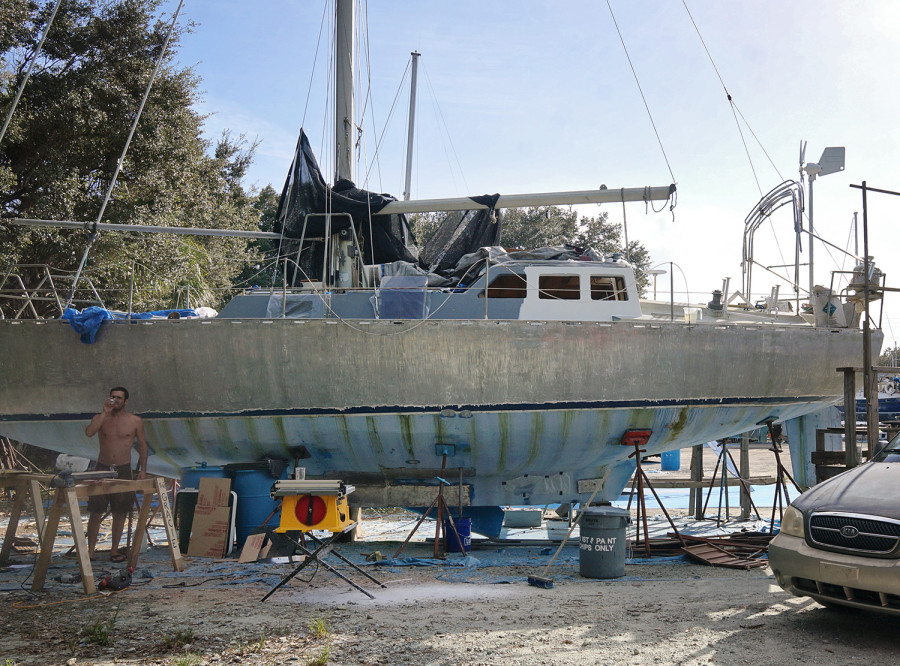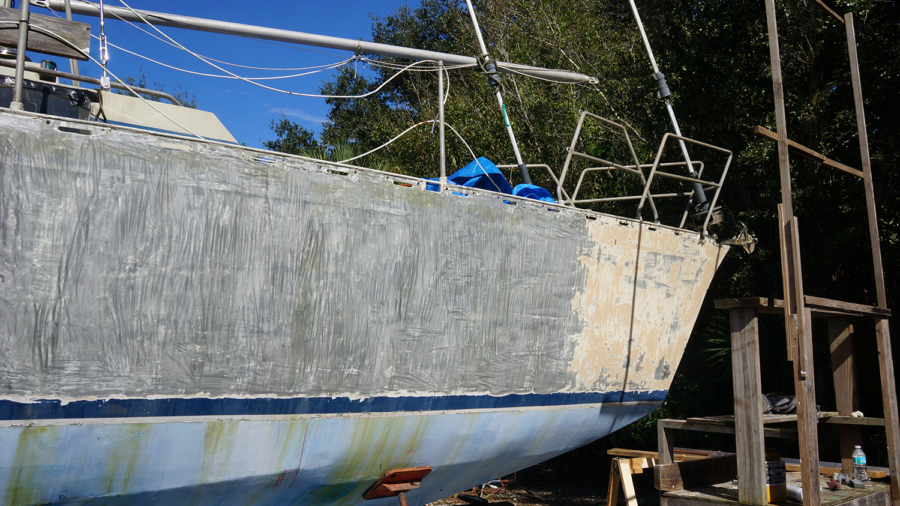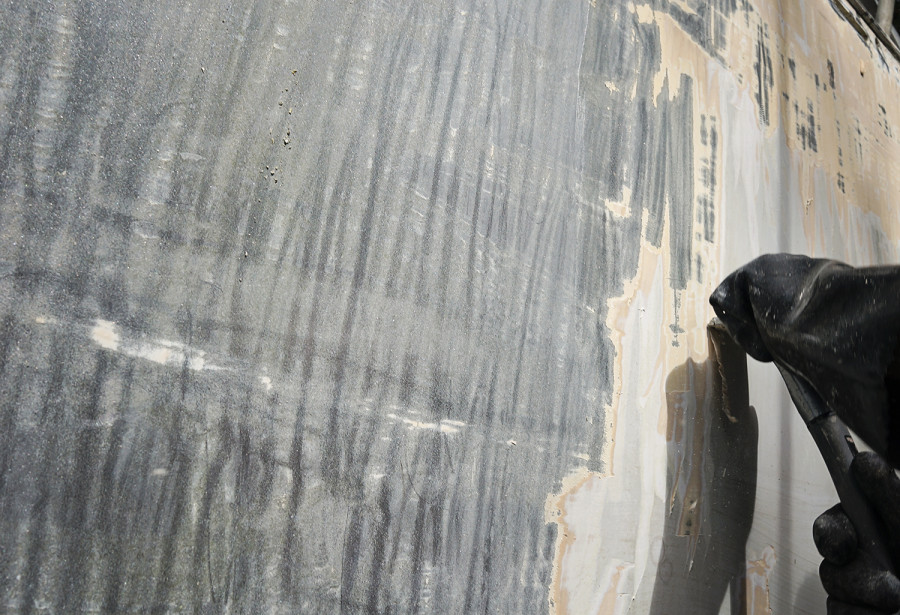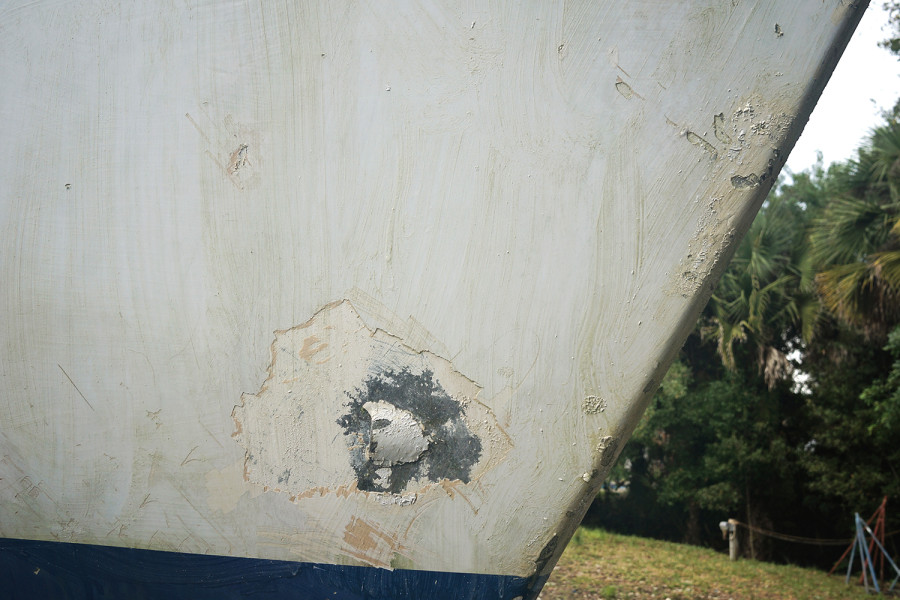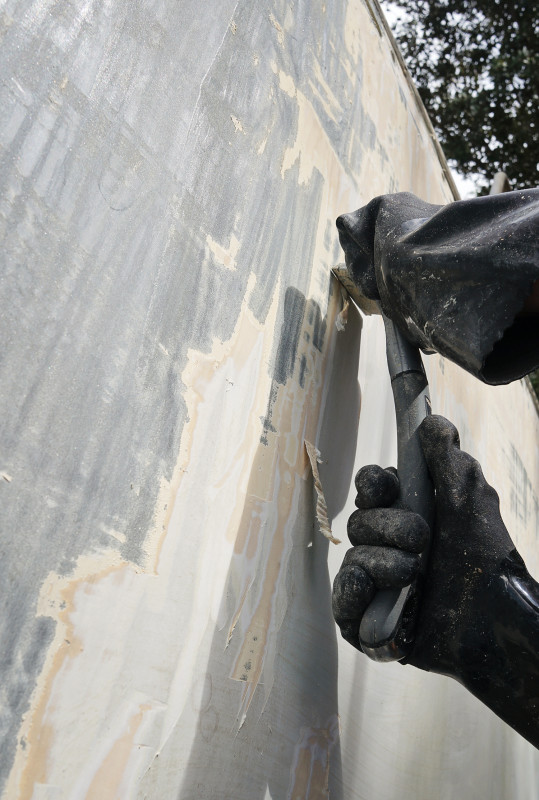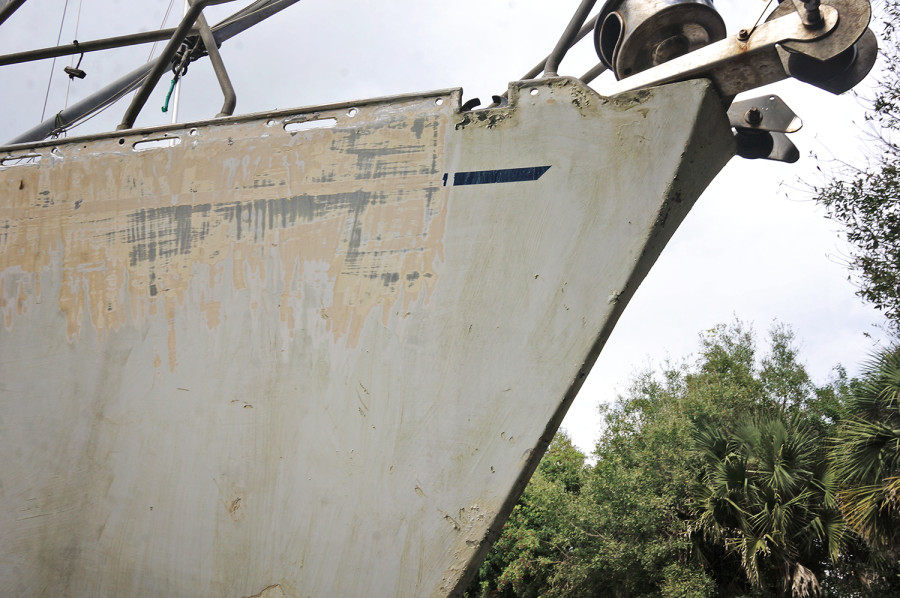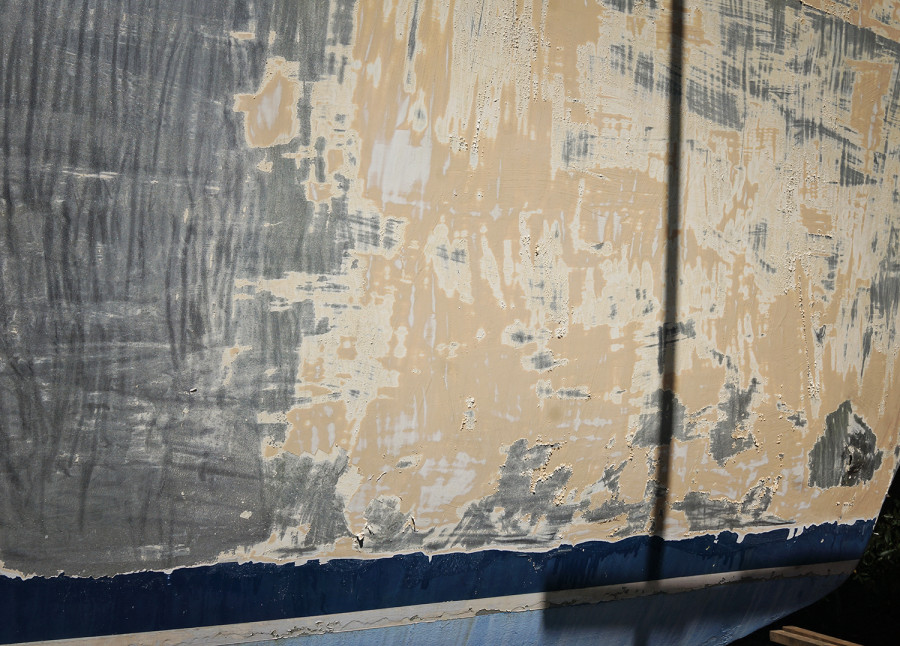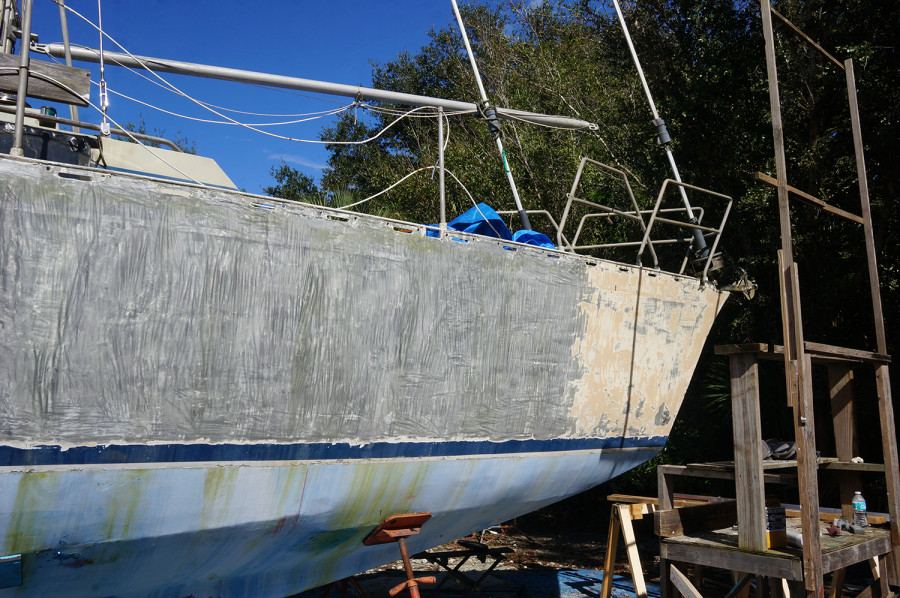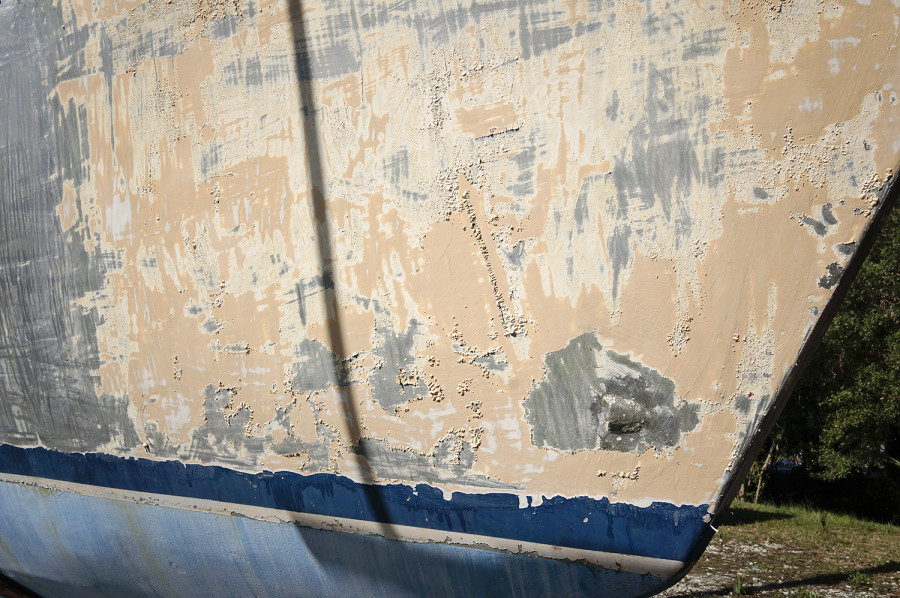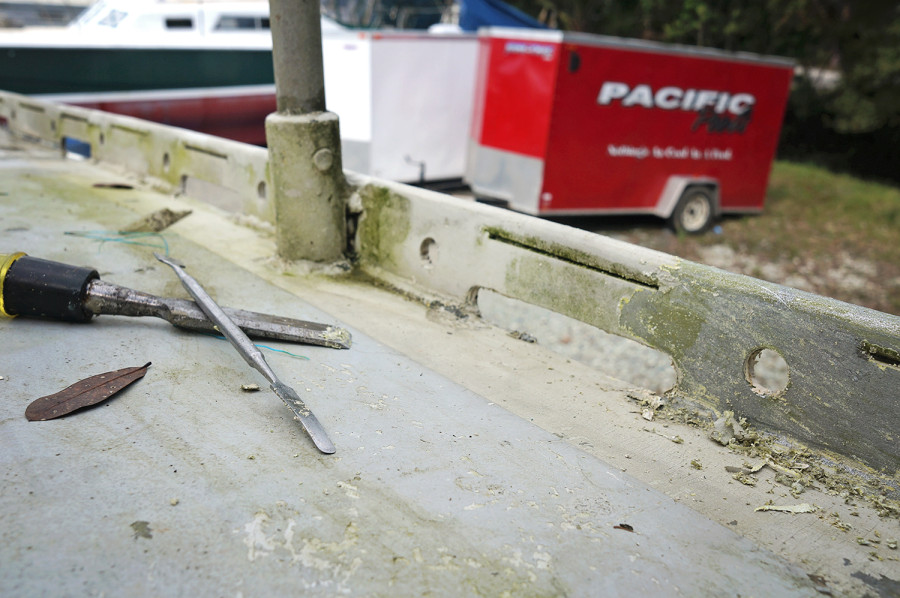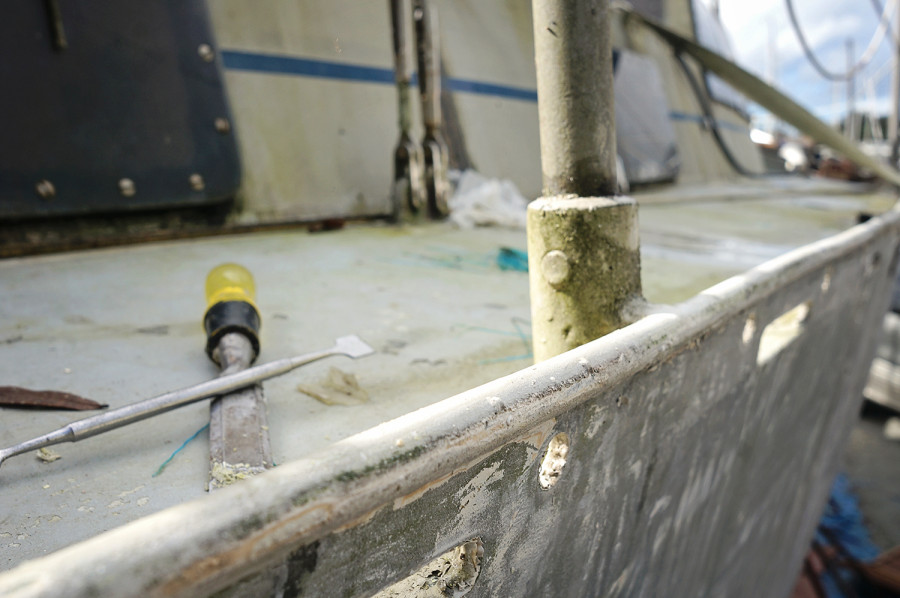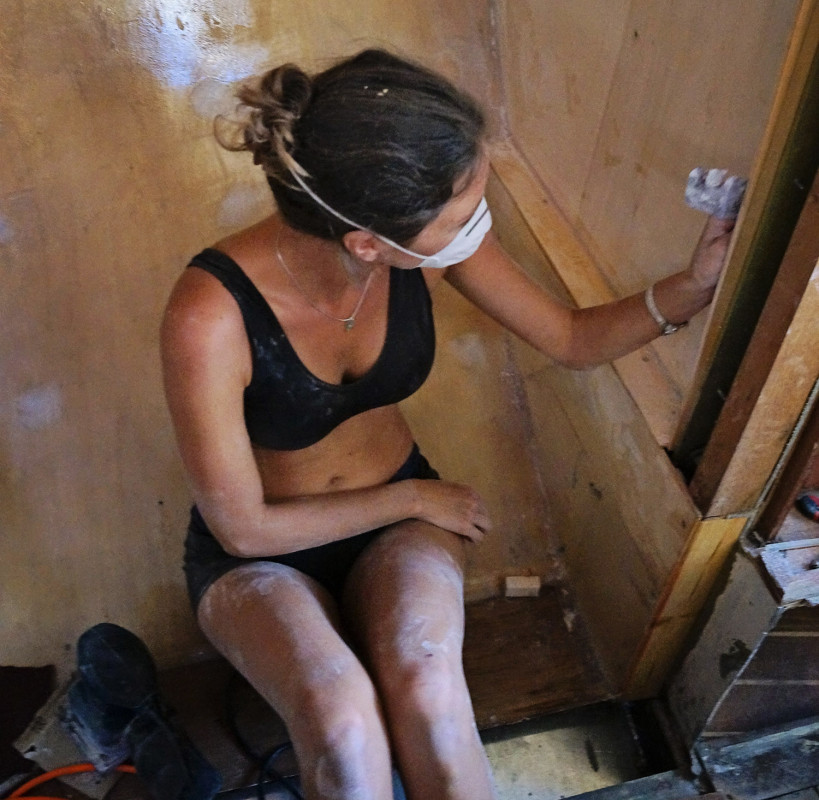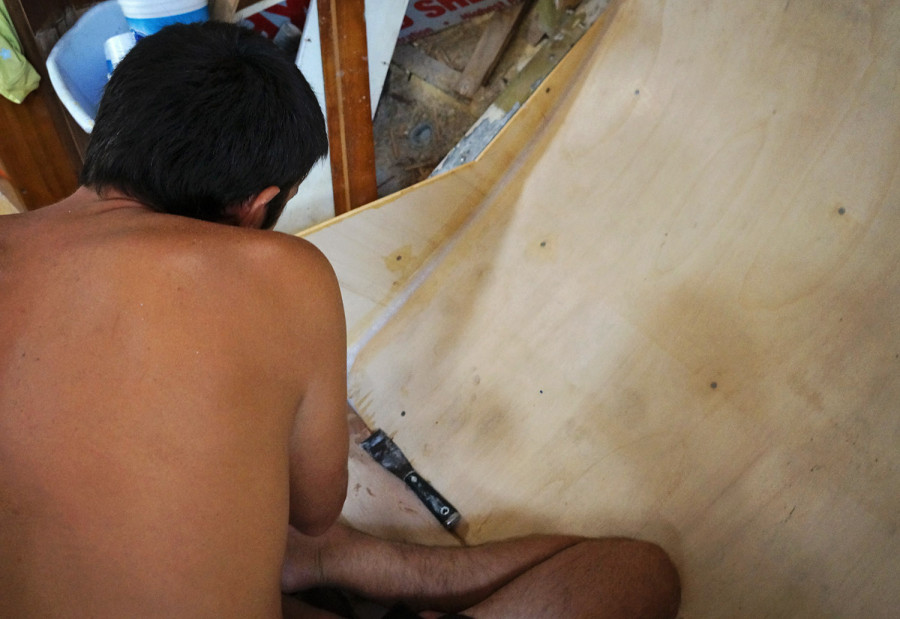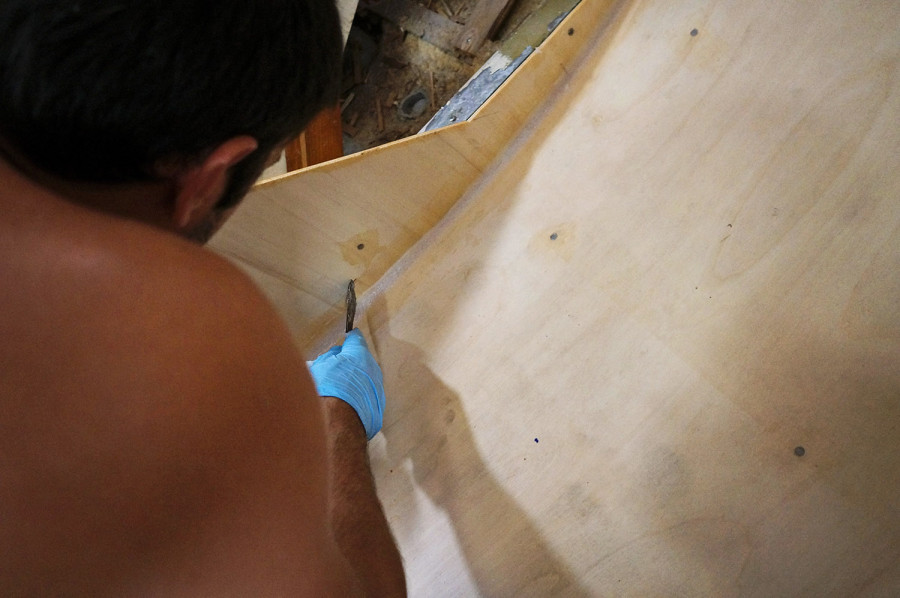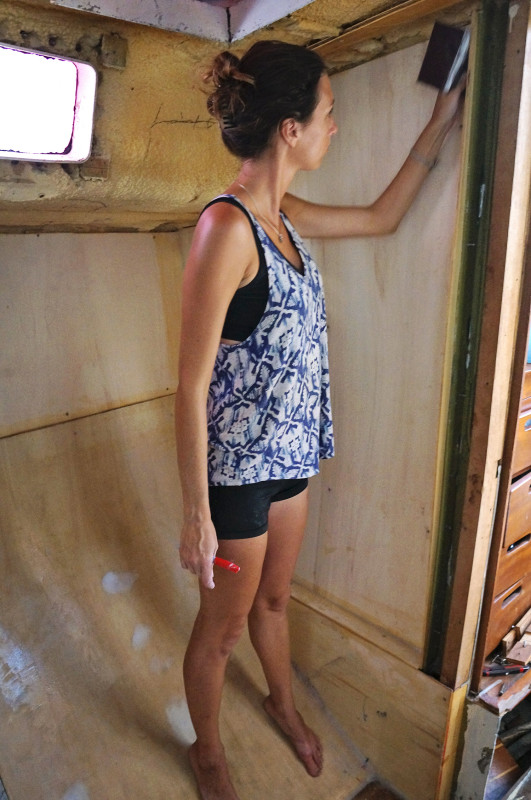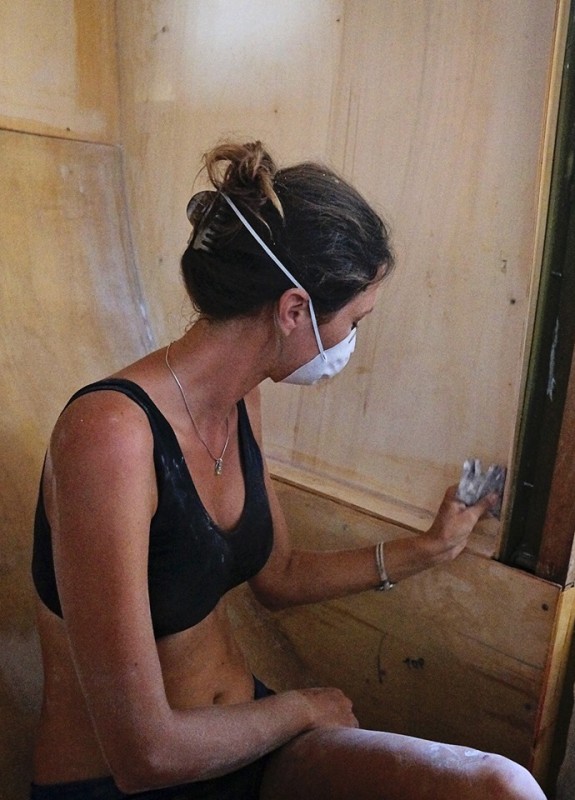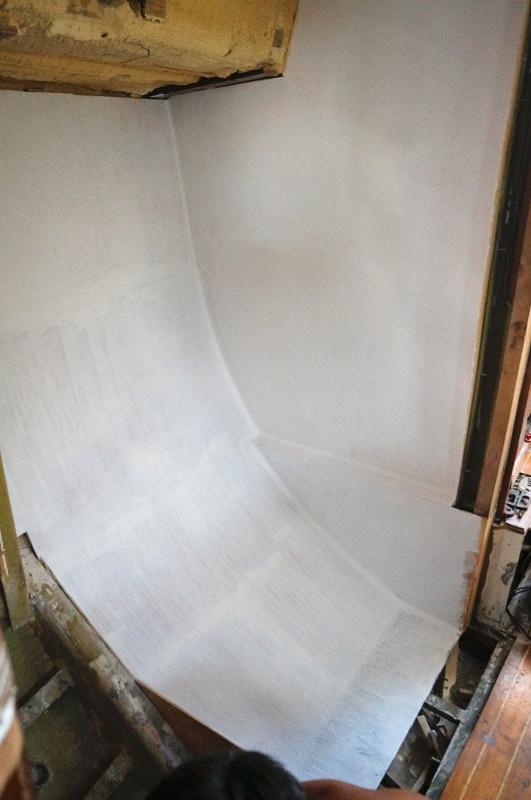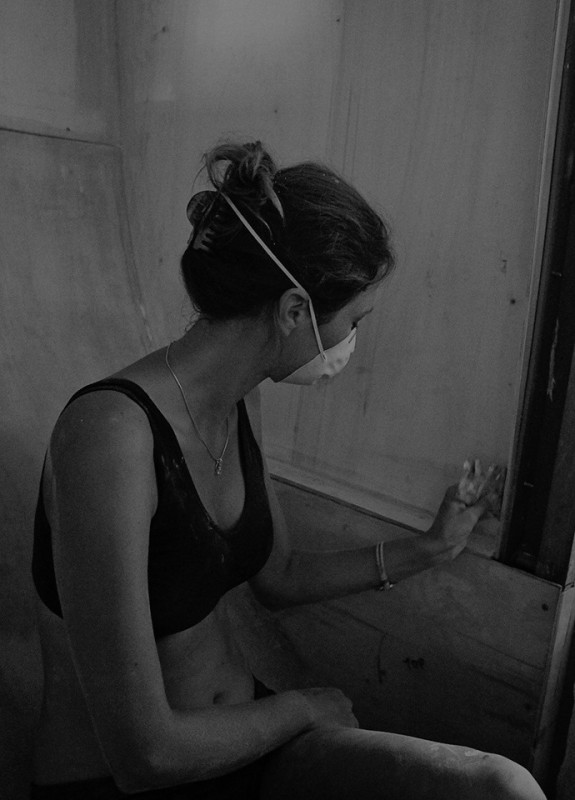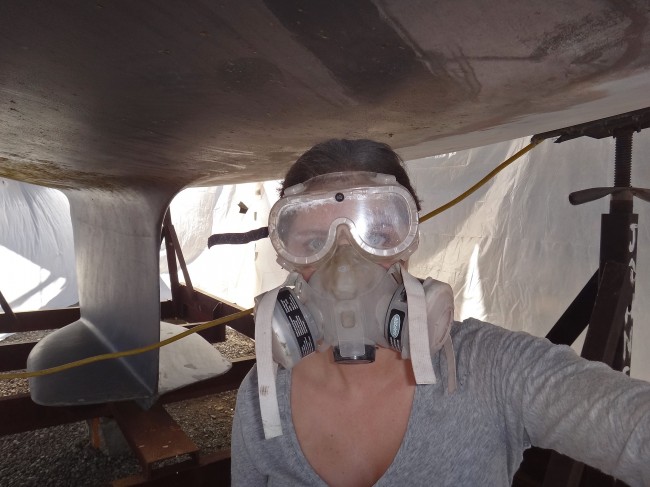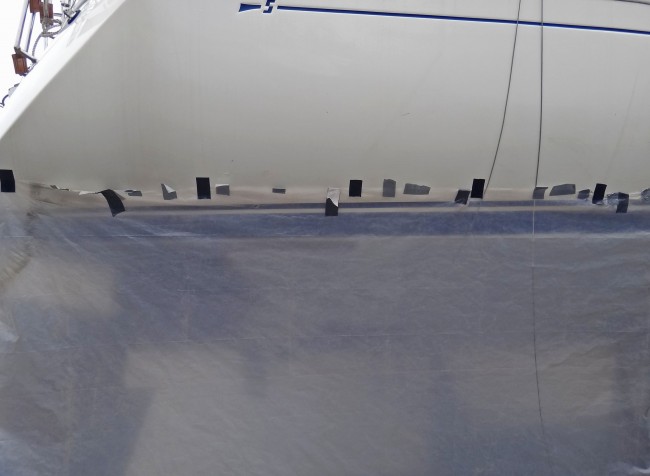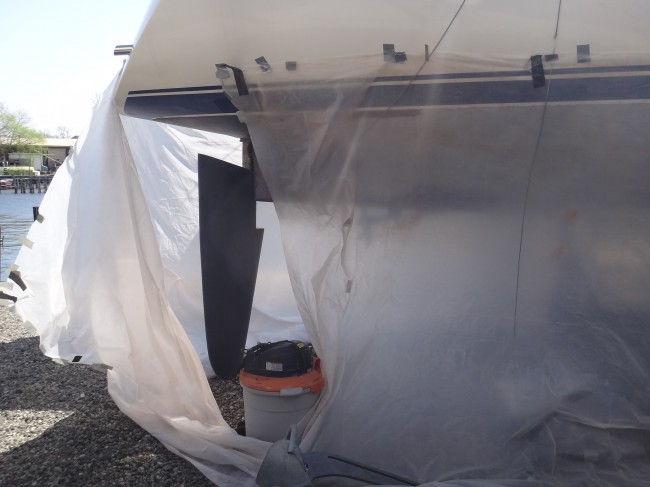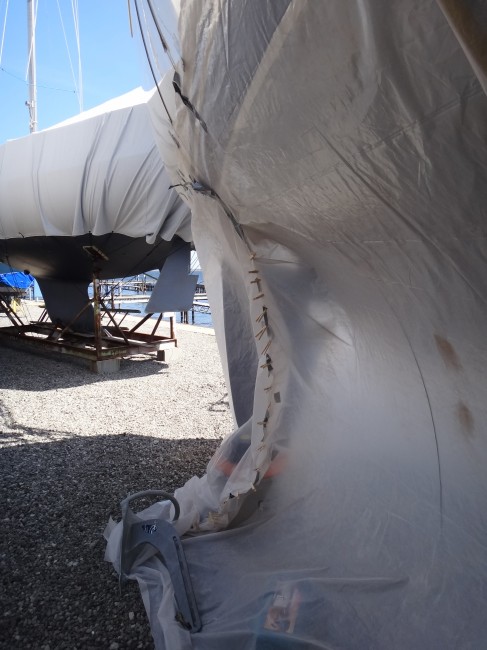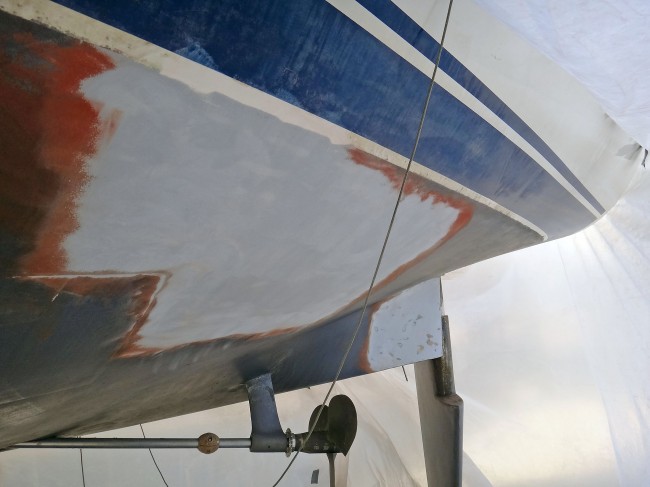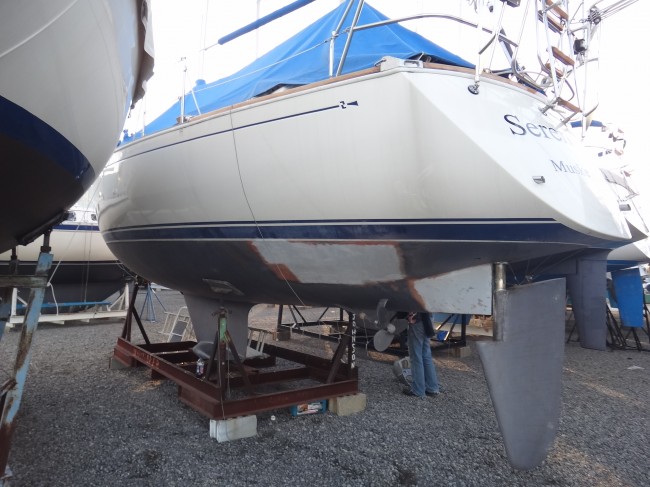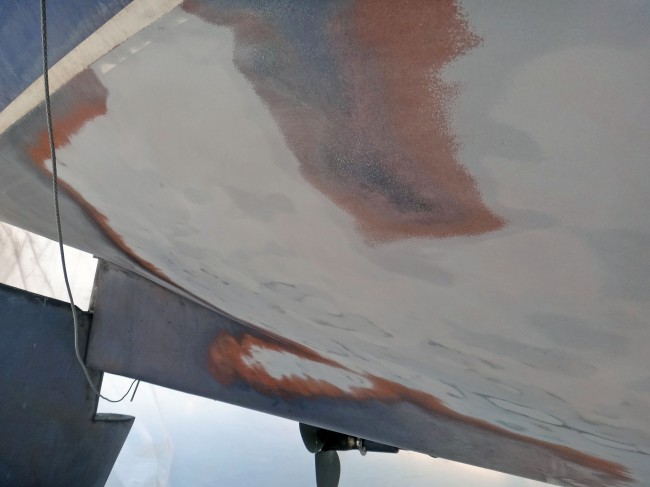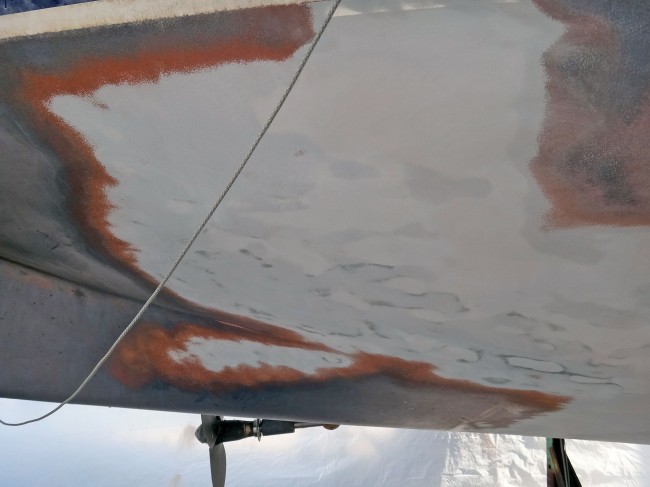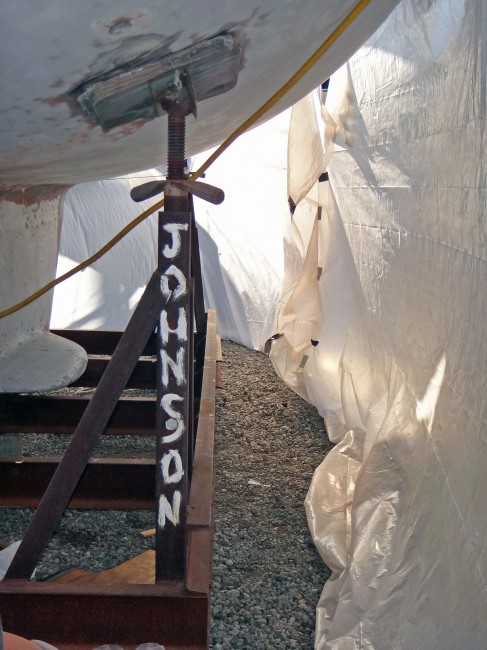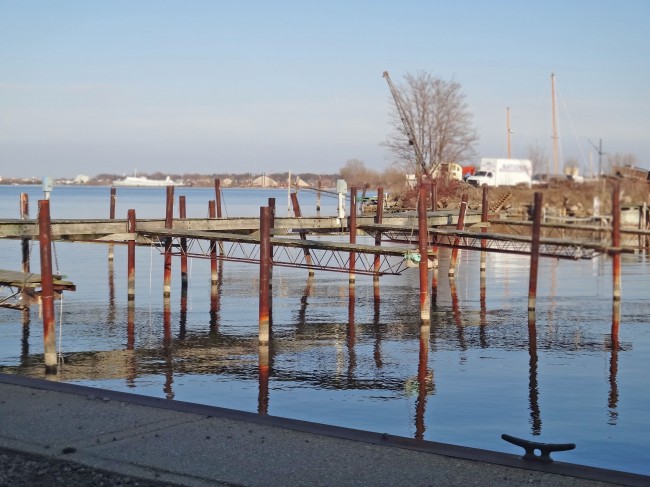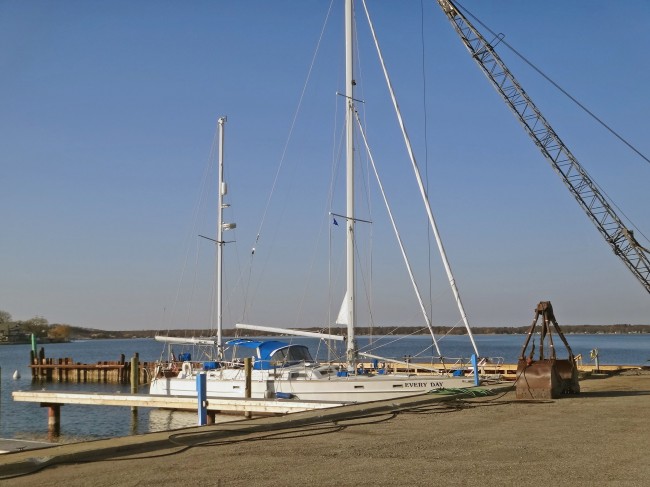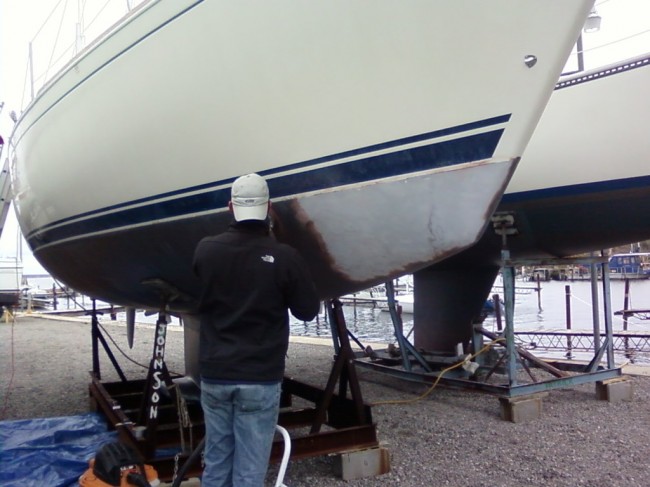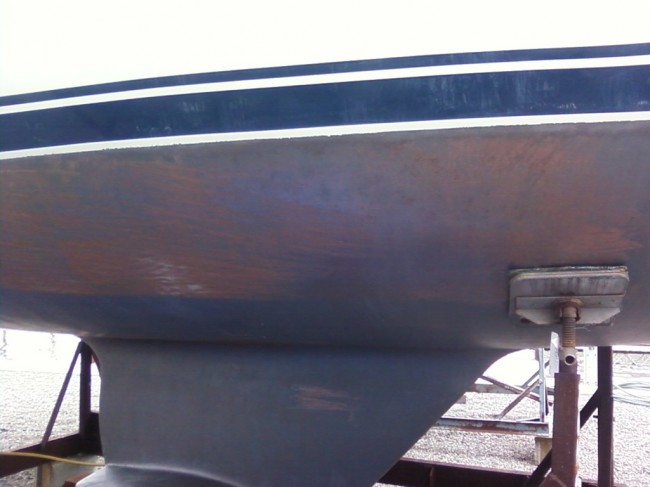It never fails that as soon as we get a few walls new up, and I get excited and gung-ho to get a  nice white coat of paint on them, only to find that project is going to be pushed back about a week for other things first.  Not only that, it’s usually for one of my least favorite projects on earth.  Using filler, and then sanding that filler down. Some experts like top local exerior painters New Haven, can do an excellent job in this respect. However, it is fun to work with adhesive, smooth spreading and quality paints like evercoat ez ultra lite.
For all of our areas that are not overhead panels, basically meaning the ceiling, we would like them permanently fixed in the corners instead of solely using trim, and so we’v been stuffing them with an epoxy filler which then gets sanded down smooth. Â And who gets to sand down these areas with peaks so hard and sharp they’ll slice open your finger if your hand skips off the sandpaper? Â Ding ding ding, this girl here! However, before going through this process, it is important for customers to know How Much Does It Cost To Paint A Ceiling ?
Ok, so this round in the pilot house wasn’t so bad because I was able to use  the palm sander for a good portion of it, and there were only a few corners that needed to be done by hand.  A Sharpie wrapped in sandpaper helped to do the trick in those areas, and for once I was left asking, “That was it?”.
Remember last fall when I had the horrible task of sanding all the seams inside the head? Â At least these areas, for the most part, are a little easier to reach.
Taking the palm sander to the remaining boards to smooth down the surface for the initial priming, the job actually went by pretty quickly. Â Sure there was another day added so we could go through and add a second filler that had better sanding qualities, covering the screw holes and any seams that may have had indents from the first round. Â After about three days, I was let loose with my paint brush and hired Cincinnati Interior painters to finish the job.
It was a long day, but I was able to get two coats of primer on all these boards in one work day. Â Notice I say ‘work day’ because I will still throw in the towel at 5 pm even there is plenty of daylight left for working later. Â I would say the next day where I did a hand sanding, as to not take of everything I’d just done with the palm sander, as well as put a coat of paint on a good day too, but I was suffering a massive wine hangover. Â A side story that will be saved for a later post, but Will and Cat from Monday Never met up with us at the patio while they got ready to sell their boat Paradox, and after the few glasses of wine that Cat and I had, combined with the insufferable heat, and we both had headaches until 5 pm the next day.
In any sense, I kept pushing past the fact that I thought my skull was going to rip out of my head, because I was determined to get an actual coat of paint on that day. Â The hand sanding took me from breakfast until a late lunch, and the painting was much easier. Â Our semi-gloss Valspar just glides right on, although I do have to be careful about my brush strokes.
All this work did take me about an hour past my quitting time, but it was completely worth it. Â Look at the difference it’s made in this space. Â Pretty soon we’ll have the walls up on the port side as well, and once I’m forced to go through the hassle of filler and sanding once more, those too will be painted.
Gahhhh, I’m so excited to see how all this is coming together!

